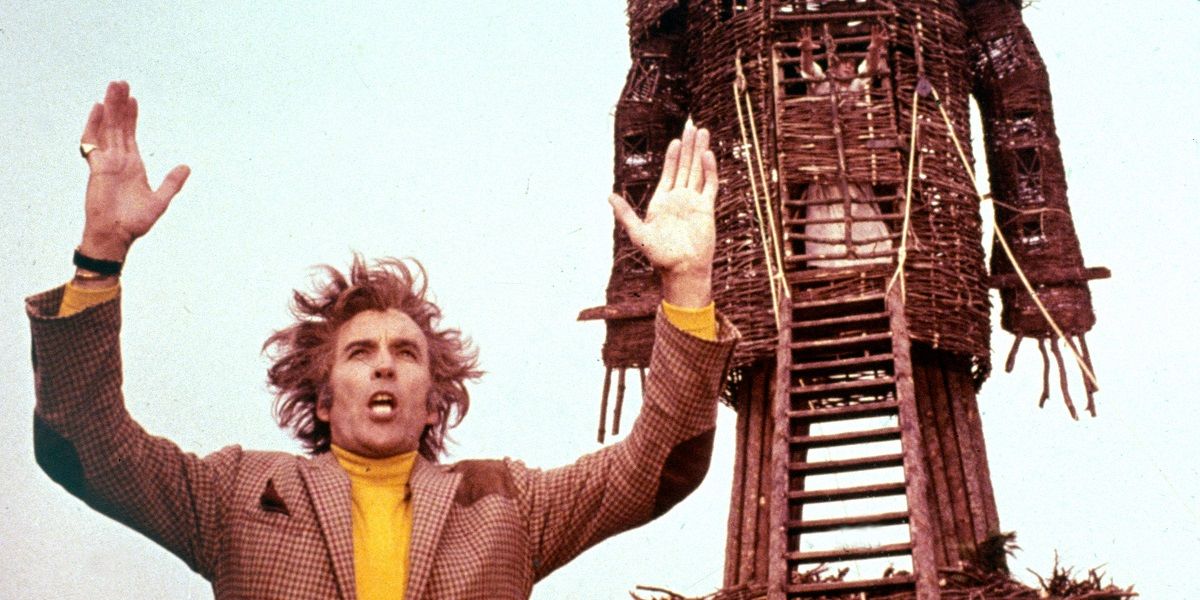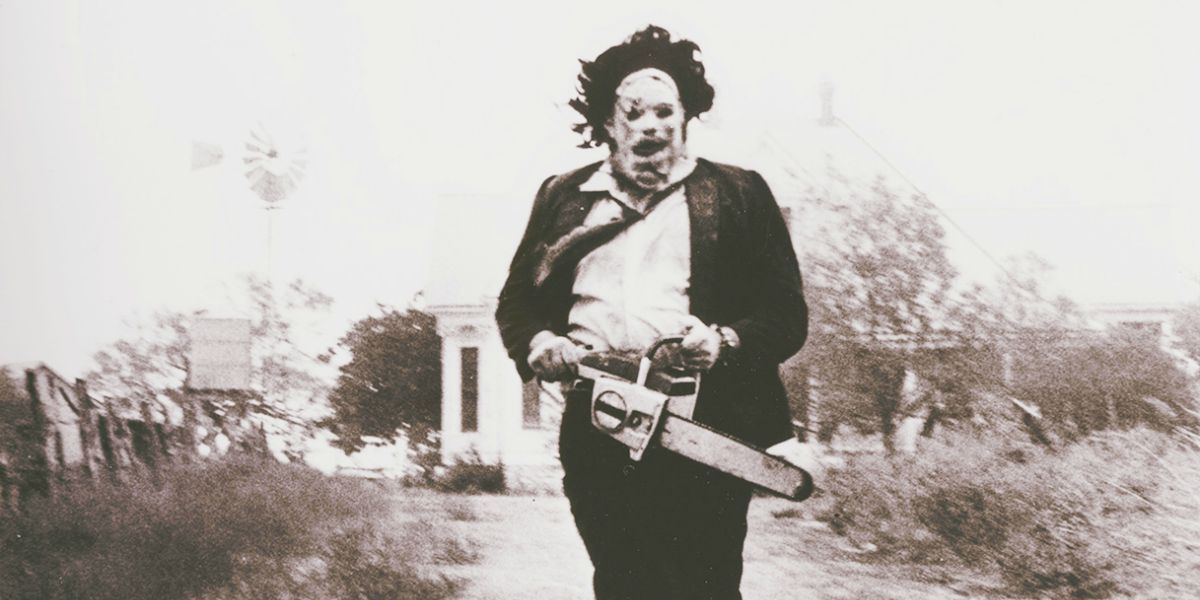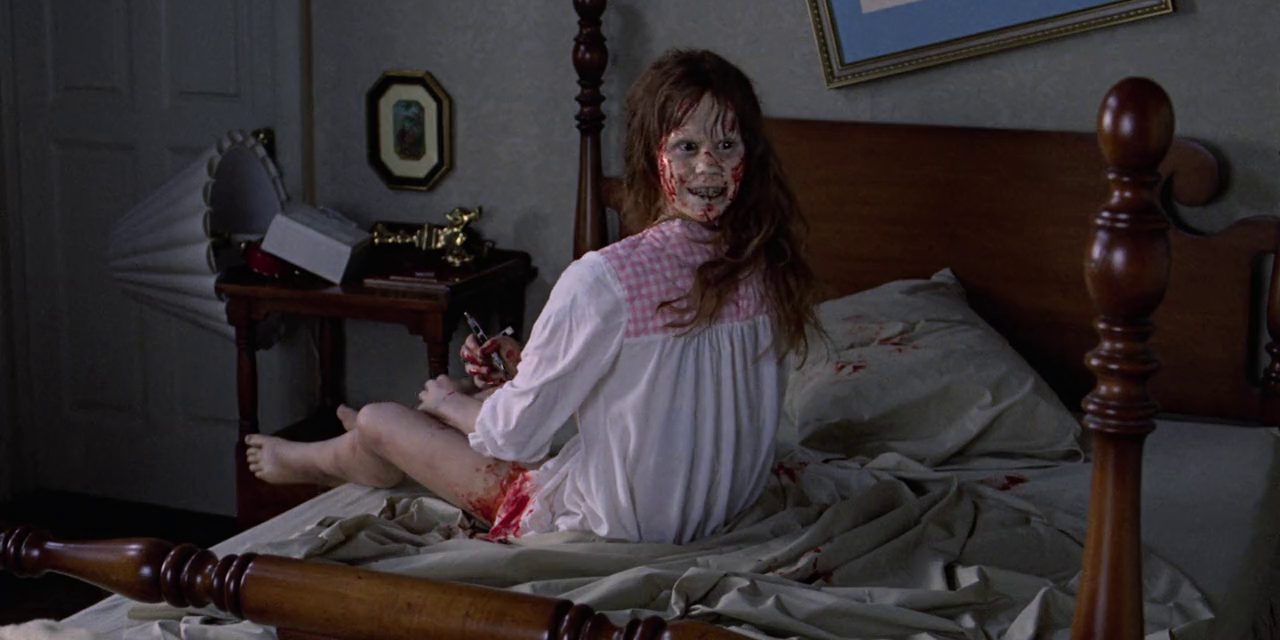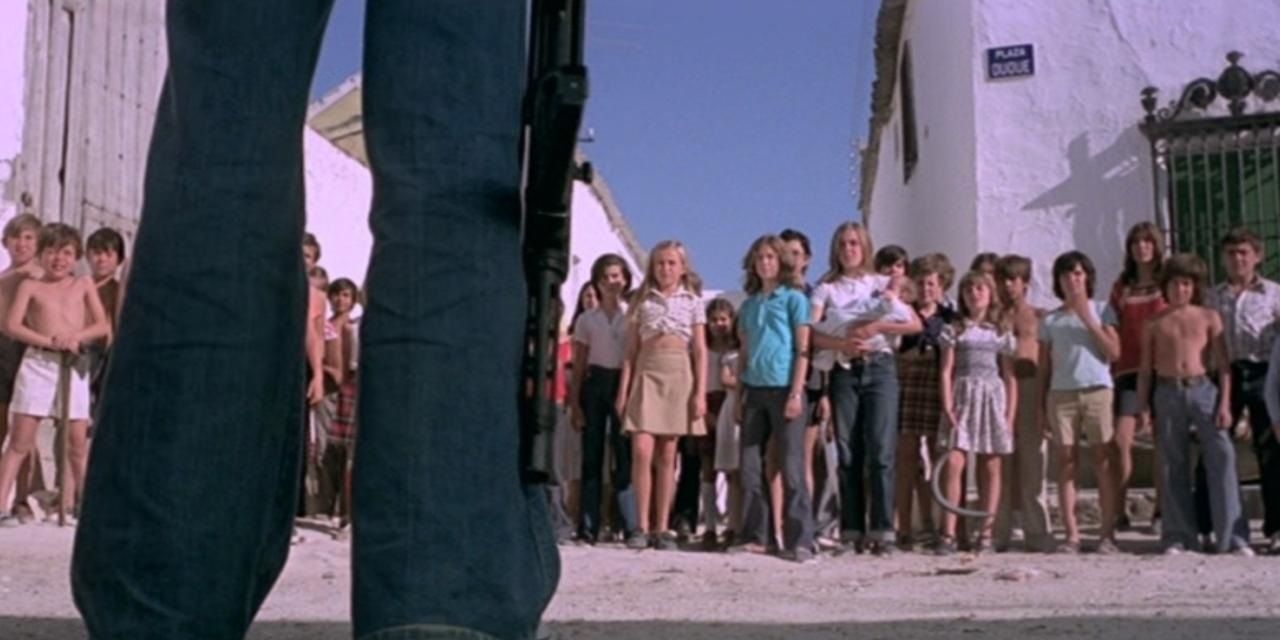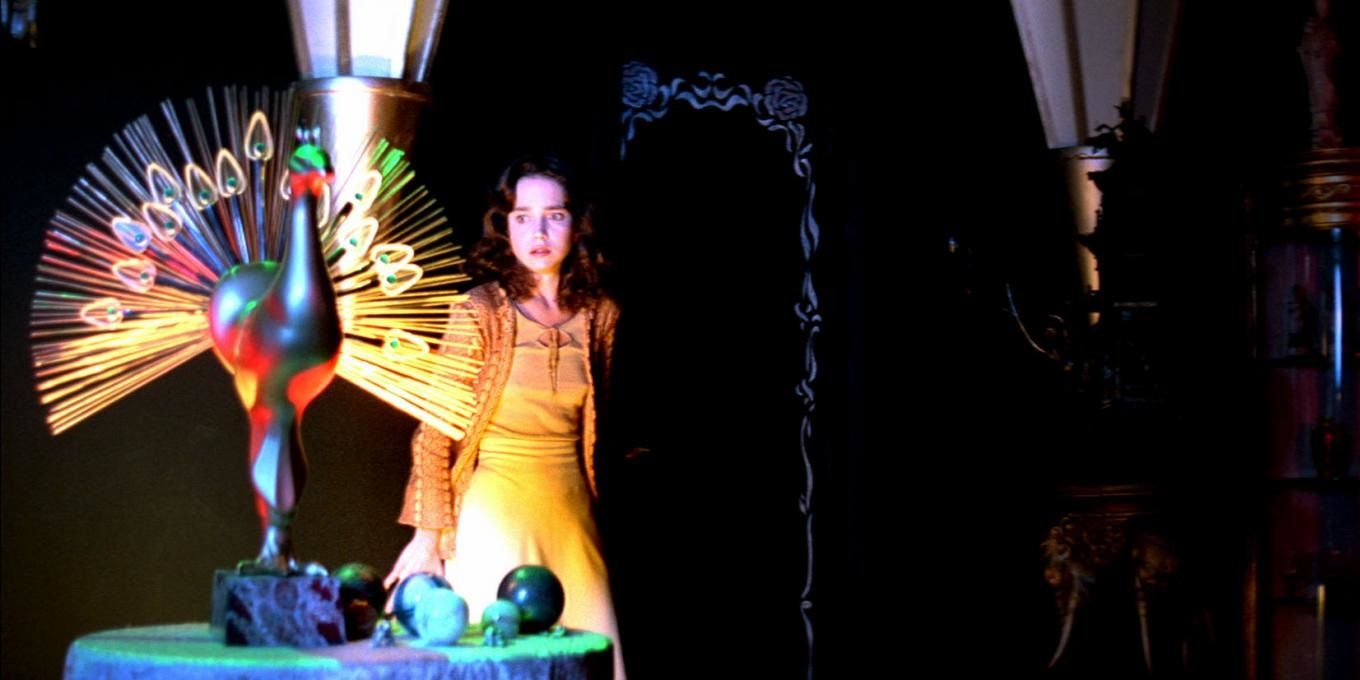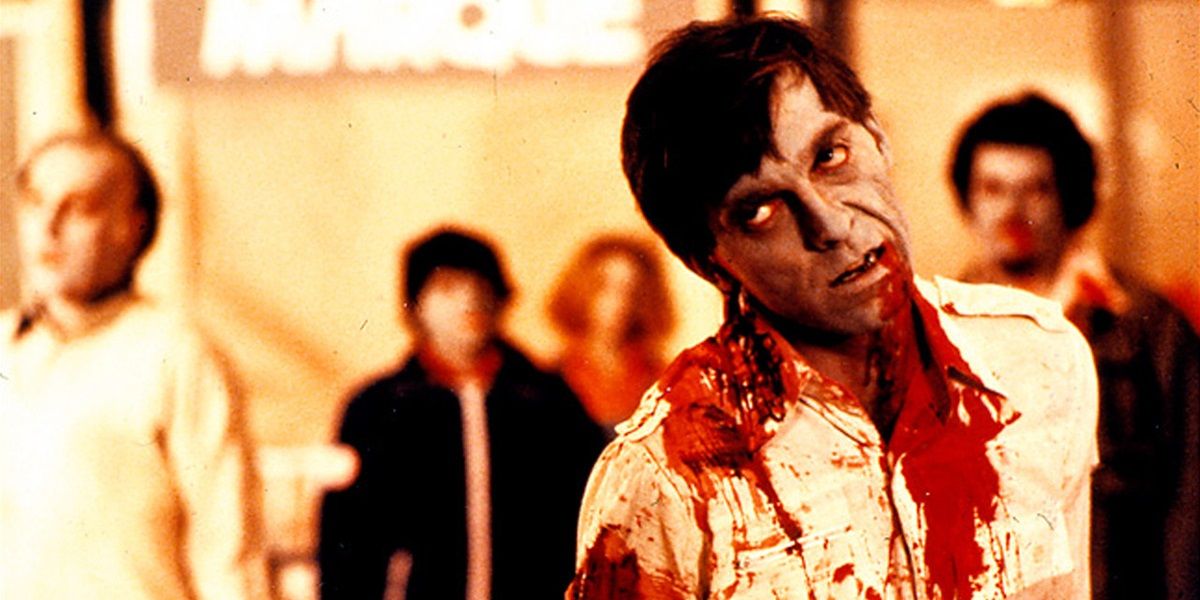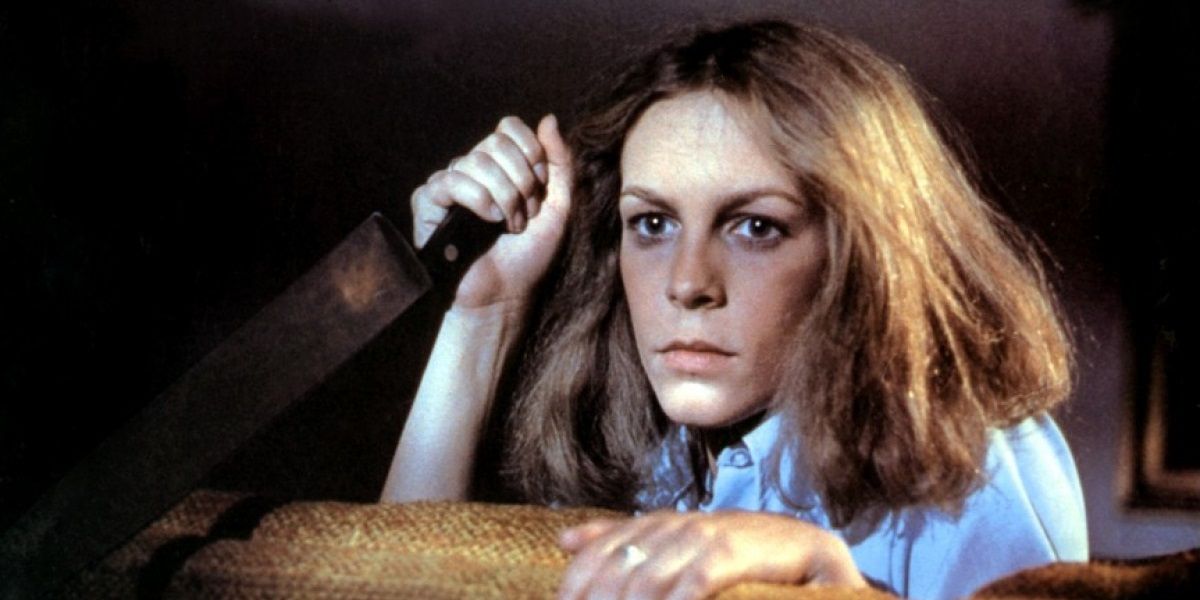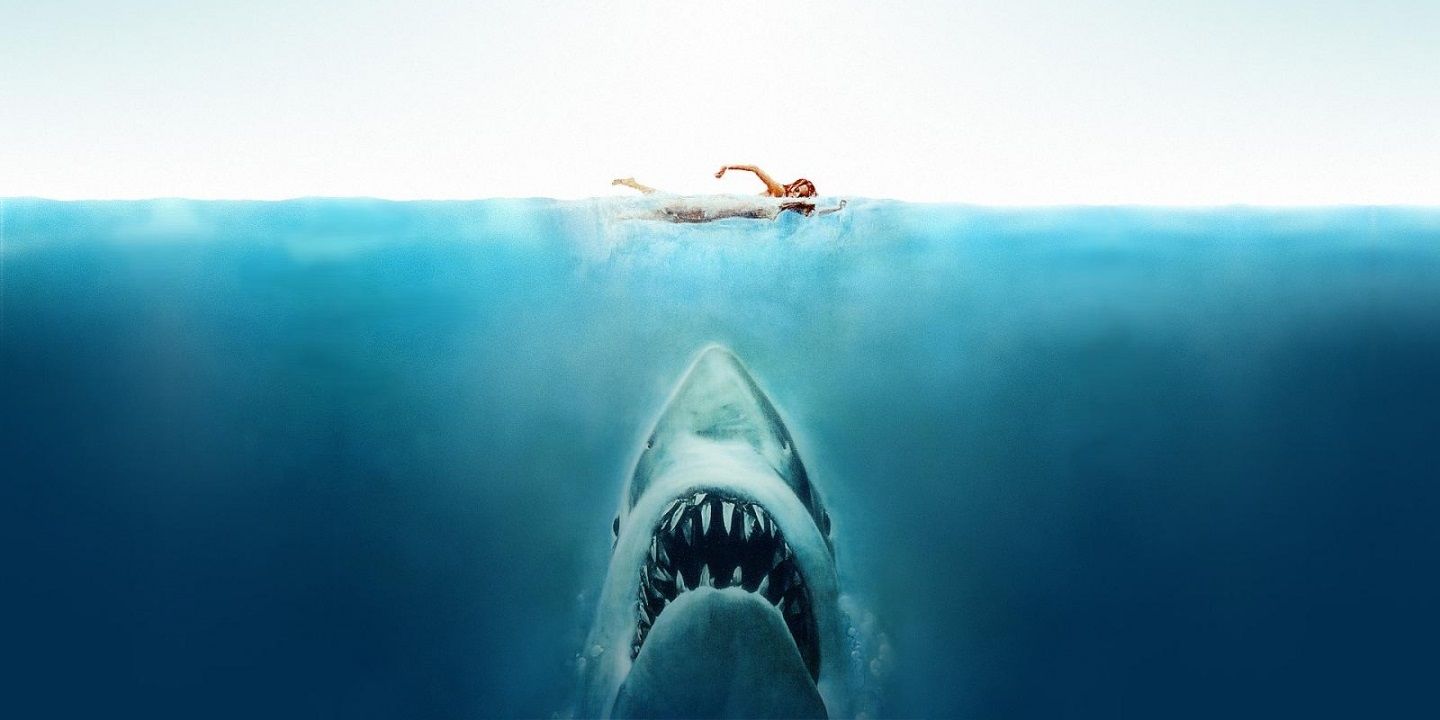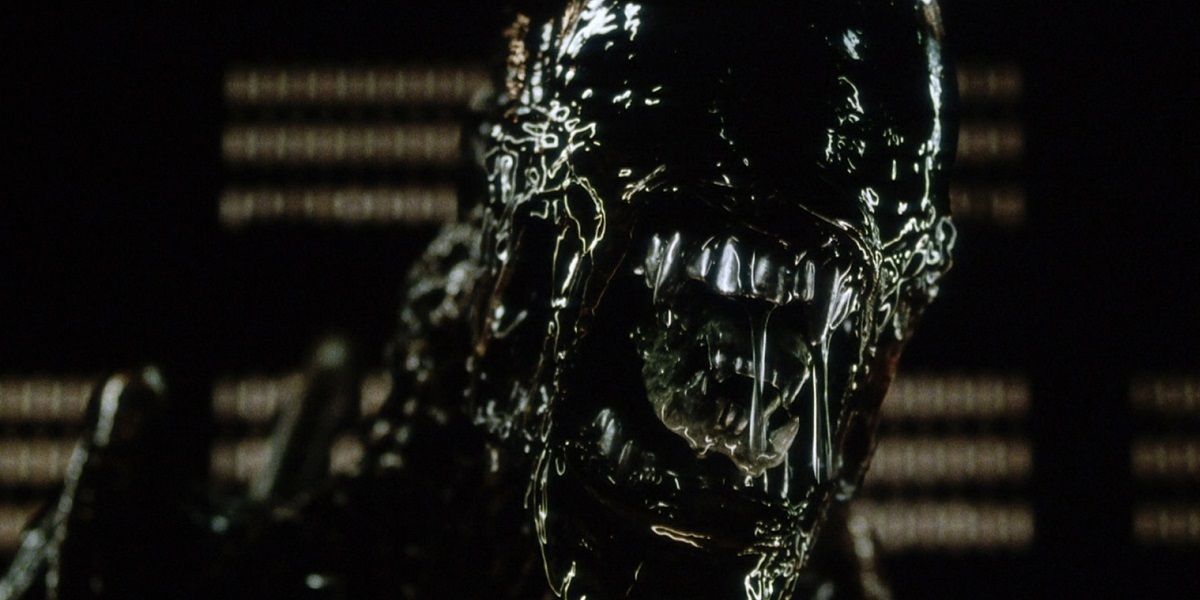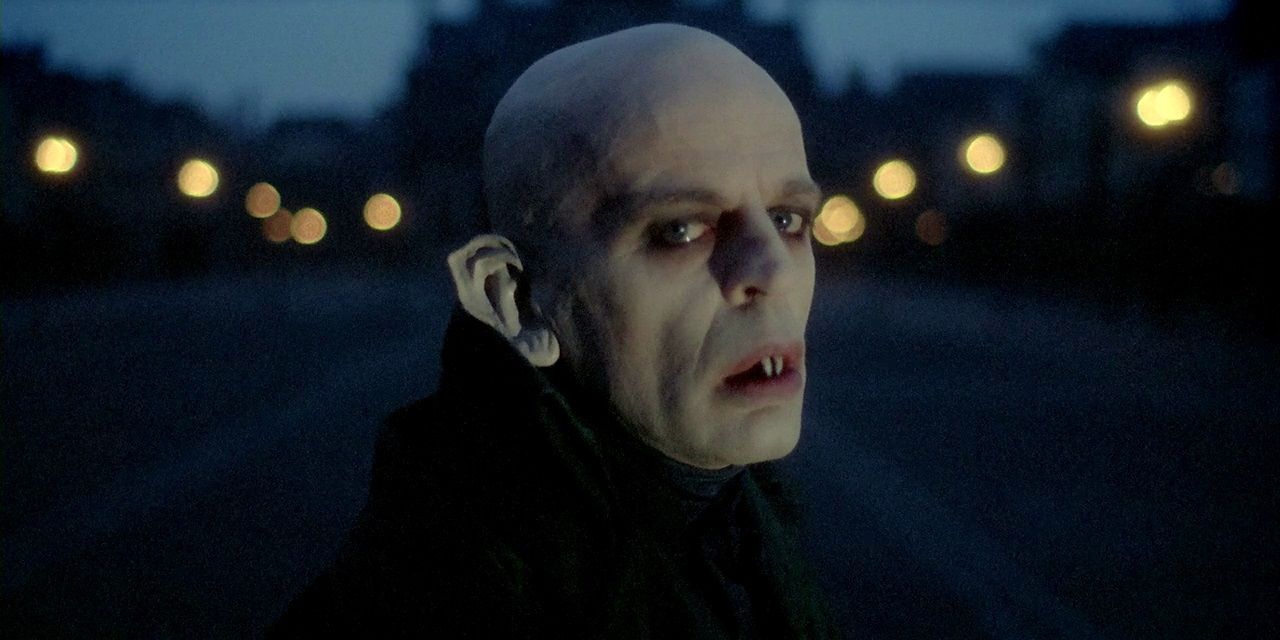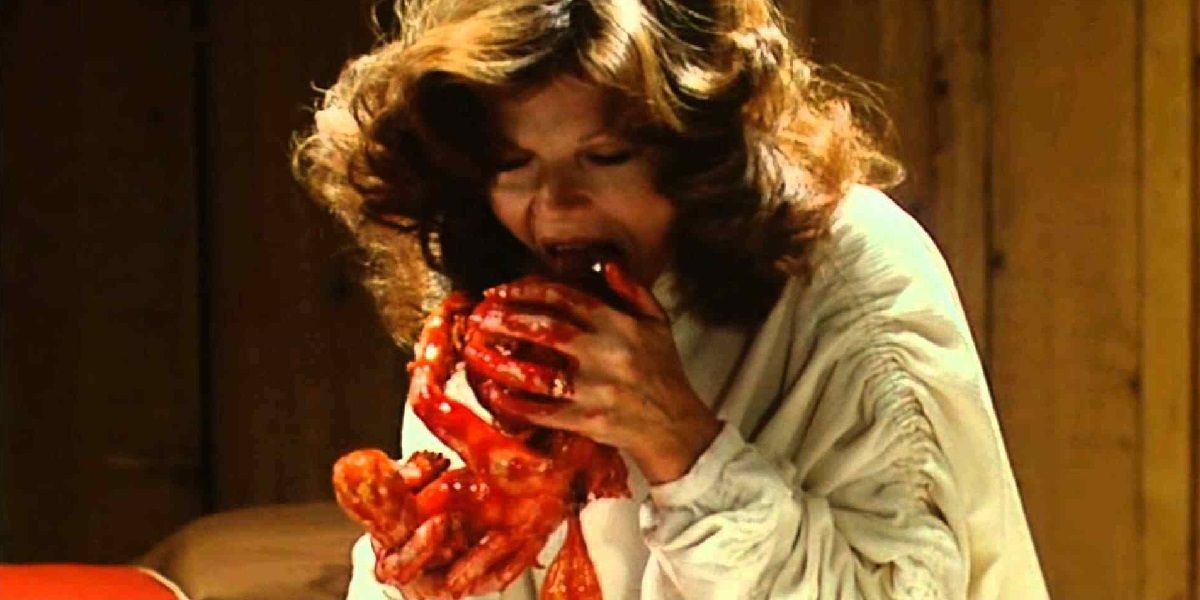Last week, we took a look at the Best Horror Movies of the 1960s, in which filmmakers like Alfred Hitchcock and Roman Polanski used the genre to explore the demented American psyche.
In the 1970s, horror underwent significant changes. Censors in America and beyond allowed the gore and sex quotients to skyrocket, so directors were able to lean on taboos in order to create concentrated doses of discomfort.
It also became something of a regional industry, with filmmakers beginning to discover that a horror film was the surest way to get an independent production in front of an audience. Corners of the world that would never have been seen by western audiences became the settings of grizzly murders and otherworldly occurrences. This also meant that you were twice as likely to see ghouls and murders happening in towns that looked an awful lot like the places you lived.
In short, horror was spreading like a virus, leaving no cell uninfected, no method untried, no monster unimagined. Whether through the rawness of cheap 16mm film or the beautiful pastel saturation of 35mm, horror became harder to ignore, both more intense and more beautiful than ever. With that in mind, here is Screen Rant's list of the Best Horror Movies of the 1970s.
The Exorcist (1973)
It’s a rare film that can make you believe whatever it needs you to. William Friedkin’s power in the 70s - displayed in The French Connection, The Exorcist, and Sorcerer - was such that he got a nation to fear the devil for two hours. His filmmaking - a mix of documentary-derived immediacy and ruthless, cunning manipulation - turned something outrageous into something rational.
Friedkin presented the possession of a young girl (Linda Blair) as something so believable that the audience had no choice but to hope upon hope that her mother (a never better Ellen Burstyn) would cut the crap and find an exorcist and get the devil out of her already!
Friedkin and writer William Peter Blatty's brainy approach to the cheesy subject matter brings out the nightmares of conventional medical treatment - it’s been said many times that the invasive surgical procedures designed to get to the bottom of the possession medically are worse than any scares the film has on tap. And yet the scares are some of the most awe-inspiring in all of cinema.
The Wicker man (1973)
In a decade that gave us the most luxurious Hammer horror films (Dr. Jekyll & Sister Hyde, The Vampire Lovers, Hands of the Ripper) and a whole host of folk British fright like Blood on Satan’s Claw, Tam Lin, and Death Line, it says something that The Wicker Man is the film we remember from the English horror boom.
One of the earliest cult successes on DVD, The Wicker Man’s legend had grown so much from its early premiere that very few people were aware that the film is essentially a musical. A straight-laced religious detective Sergeant Howie (the great Edward Woodward) is called to a mysterious island for a missing person’s case. Every single citizen belongs to a cult-like pagan group that deeply upsets Howie. The people seem benign enough at first with their constant singing and dancing, but when days pass and no one seems willing to help, or even admit that the missing girl is missing, he begins to unravel.
The Wicker Man builds to one of the most agonizingly stark finales, even in the famously bleak 1970s, and it makes the whole film an exuberant act of dramatic irony; a slow boil from festive atmosphere to encroaching terror.
The Texas Chain Saw Massacre (1974)
The eternally underrated Tobe Hooper went shopping one day in the early 70s and when the crowds started to give him claustrophobia, he had a daydream. In it, he picked up a chainsaw and cleared the crowds away instantly. That little idea morphed into one of the most successful - and one of the most deeply troubling - American independent films of all time.
Think about it. Do you know anyone who doesn’t on some level know what The Texas Chain Saw Massacre is? Even if you’ve never seen it, you’ve heard those words. They fill you with images of rusty metal, sounds of unearthly shrieking, thoughts of unjust imprisonment, make you see the world through eyes that can do nothing but stare at images of hoary derangement.
Five hippie teens traveling through Texas make the mistake of detouring at a rickety old house one afternoon. One by one they make their way to the big property across the yard to ask for gas or directions. Something sinister awaits them inside and it hasn't released its grip on the horror genre since. Its atmosphere of confusion and chaos mask the precision with which Hooper cut each of his camera movements and compositions.
A perfect horror movie.
Who Can Kill A Child? (1976)
As nasty and brutish a piece of work as you’re likely to ever see, Narciso Ibáñez Serrador’s best film in a far-too-brief career is the crowning achievement of Spain’s eerie horror movement (see also: marvelous gems like Let Sleeping Corpses Lie and The Mansion of Madness).
Honeymooning Brits take a jaunt out to a secluded Spanish coastal island and are curious as to where all the adults have gone. The place is mobbed with unruly children, none of whom are old enough to have hit puberty. A walk to the interior clarifies things. The adults are all gone because something has taken hold of the children - a kind of virus or ill-wind - and caused them to murder every adult they’ve come across.
Filmmakers today could only dream of having had this idea when Serrador stumbled upon it. The slow descent of any moral objection to horror films has rendered most button-pushing irrelevant. What can you show us now that you can’t see on TV every night? When Who Can Kill A Child? first hit theaters, it must have been like being caught unaware by a syringe full of hallucinogens and adrenaline for the few people who saw it. It broke boundaries when those they still meant something. It was the ultimate kiss-off to dying fascist dictator Francisco Franco, who had held Spain hostage for decade.
Suspiria (1977)
The 70s were marked by an increasing acceptance and appropriation of psychedelic imagery. Phantasm, Lost Weekend, Mansion of Madness, Messiah of Evil, Swamp of the Ravens, Let’s Scare Jessica To Death, The Abominable Dr. Phibes and many more were guided by a hazy dream logic, driven by the inexplicable, the impossible, and the flat out crazy, while looking like a washed-out, drug-induced fantasy.
The queen of all of these baroque visions is Suspiria by Dario Argento. After a string of truly excellent giallo (The Cat O’Nine Tails, Four Flies on Grey Velvet), Argento let reality slip away and gave in to an oppressive, candy-colored fantasy. If we have a hard time as a culture appreciating Argento’s others films and moving beyond Suspiria, it’s because his achievement is so potent and yet so totally indescribable. From the sweetly nauseating score by Goblin to the baroque set design and finely overwrought performances, everything suggests a descent into an opiate fugue state, only to be violently jolted awake by scenes of abject gore and suffering.
And yet despite its vituperative, arhythmic assault on our senses, it’s one of the most beloved Italian horror films of all time. Argento found something universally spooky under all that artifice, and we’ve never been able to stop ourselves from returning to inhale Suspiria like a narcotic fume.
Dawn of the Dead (1978)
If Dawn of the Dead has a flaw, it’s that its primary interests don’t include scaring you the way most horror films scare you. Very few things jump out of the dark to get you, and when they do the music lets you know you’re not being attacked. That flaw, however, explains why the film has unqualified staying power.
George A. Romero’s masterpiece works on you slowly over its run time. It’s a film of insidious power that slowly infects your unconscious until you start to see that the death of the world is an existential problem more than a survival horror scenario. No one can give up their old obsessions, even when they lose all but sentimental currency.
Zombie and man alike flock to a shopping mall in Pittsburgh after civilization collapses, because neither can get quit of the idea of the mall as consumerist paradise. He who has the most stuff when he dies wins, to paraphrase Lewis Black. Romero swoops in (with help from make-up guru Tom Savini and the ever-dependable Goblin on the soundtrack) to hammer home the tragedy of the American ego and its ingrown hunger for more property. The bad dreams will hit you without warning.
Halloween (1978)
After Bob Clark’s excellent Canadian proto-slasher Black Christmas opened in drive-ins around the nation, Americans got to work on a reply. It came in the form of Halloween, John Carpenter’s first horror offering and his breakthrough. The smash success of Halloween literally changed the movie industry, with hundreds of independent filmmakers and major studios working on their own killer-with-a-knife movie. There’s a real It’s A Wonderful Life quality to the film, in that the slasher-filled cinematic landscape of the 80s would have looked 100% different without Halloween’s influence.
Jamie Lee Curtis (the daughter of Psycho’s Janet Leigh) plays Laurie Strode, a babysitter who just happens to be the last name on a giant, menacing murderer’s laundry list of victims during a Halloween night rampage. The killer, Michael Myers, has returned to his home in Haddonfield, IL after escaping an asylum where he was put for killing his older sister.
Carpenter became one of the great American auteurs after Halloween allowed him to take some creative control over his future projects, Curtis became an American treasure, and Michael Myers inspired a generation of filmmakers with his insatiable bloodlust and unstoppable force.
Jaws (1975)
It's been passed down in film buff lore that Jaws' greatest asset as a horror film actually stems from a huge problem encountered during production. The giant mechanical shark, which was meant to scare the bejeesus out of the film's audience, actually looked kind of silly. Elements of this can be seen in the final moments of the film, when "Bruce" (the name given to the shark on set), attacks the boat.
But Spielberg, then a novice filmmaker with only a few credits to his name, had a novel solution to this problem: he cut most of the shark footage from the final film. The result? We feared the unknown. The monster created in our imagination is worse than anything Spielberg and co./ could have up on screen.
Besides that little touch, the film benefits from Spielberg's usual attention to detail: the middle class American milieu of the beach community, the lived-in feeling of the police office and the Quint's (Robert Shaw) boat, and, or course, Quint's haunting story about surviving a shark attack during the Pacific War. Jaws may not be as gory or visceral as some of the films on this list, but it's just as terrifying.
Alien (1979)
The 1950s had introduced a visual idea of science fiction that America spent years fighting off. 2001: A Space Odyssey and Planet of the Apes were only mild subversions of the same stories we’d been retelling about space travel since Destination Moon in 1959. It wasn’t until Ridley Scott’s Alien that people (specifically filmmakers) came to their senses and realizes what a dank, horrifying, unclean and terrifying experience space travel could be. And that’s before the monster shows up.
Seven crew members aboard what’s basically an intergalactic tow-truck receive a distress signal on a distant planet and stop to check it out. Bad idea. They bring something back on board with them that makes short work of most of the crew. The paradox of Ridley Scott’s career is that he’s always managed to make the most disturbing and unsanitary environments look like renaissance art, and that’s never been more apparent than in Alien.
The production design, not to mention the gorgeous, unsettling creature itself are magnificently photographed. But, thanks to wall-to-wall great performances and a sober screenplay, we never lose the sense that this is how an alien encounter would really happen.
Nosferatu (1979)
The 70s saw a lot of marvelous revisions of the vampire myth. Valerie & Her Week of Wonders, Count Yorga Vampire, Salem’s Lot, Blood for Dracula, Daughters of Darkness, Vampyres, etc. etc. There was a little sensual bloodletting for everyone, no matter your taste. If, however, you were looking for a film that went back to the source for its inspiration, that improved upon the vampire movie bedrock, the only thing for the job is Werner Herzog’s reworking of the very first vampire movie, F.W. Murnau’s Nosferatu.
Stuffed with the same earthy flavor as his other arthouse touchstones, Herzog’s Nosferatu is a work of shifting, haunted landscapes playing host to psychotic undoings. Klaus Kinski, in the role of a lifetime, plays the king of the bloodsuckers who unleashes the plague on Germany to gain access to the reincarnated vision of his lost love, played by Isabelle Adjani. Adjani, game and gorgeous as ever, must act alone to save the world.
Nosferatu has staggering power and despite having a rule book right in front of it in the shape of Murnau’s original, plays by none that Herzog didn’t make for himself. An unforgettable experience.
The Brood (1979)
David Cronenberg first released two raw transmissions from his brainpan, Shivers and Rabid, two hyper-sexualized zombie films, onto the unsuspecting North American public, and then he got really serious.
The Brood is a film that makes literal the ugly, grinding effects of a divorce on a husband, wife and child. While his early work was deliberately and perfectly rough, The Brood has crystalline diction, going for scares and nearly unpalatable, emotionally charged murders with the efficacy of a man with nothing to lose. When a woman (Samantha Eggar) retreats from her divorce proceedings to an experimental clinic run by a shadowy self-help guru (Oliver Reed), her husband (Art Hindle) notices the people in his life start dying.
The Brood is one of great films about the way we hurt the ones we love; Kramer vs. Kramer with bloodthirsty psychic gnomes. Cronenberg’s stint in the 80s as the greatest science fiction director in North America begins here, with the last of his out-and-out horror shows.
-
And this only scratches the surface. Who else has been scared by Images, The Other, You’ll like my Mother, Vampire Circus, Twins of Evil, Don’t Look Now, Empire of Passion, The Town That Dreaded Sundown, The Little Girl Who Lives Down The Lane, Rituals, The Hills Have Eyes, Alucarda, The Car, Piranha, Tourist Trap, Demons of the Mind or Patrick, to name just a few more? What do you find most frightening from the 70s horror boom? Is Jaws a horror film? Let us know in the comments!
And if you haven't done so already, don't forget to check out our list of the Best Horror Movies of the 1960s!

